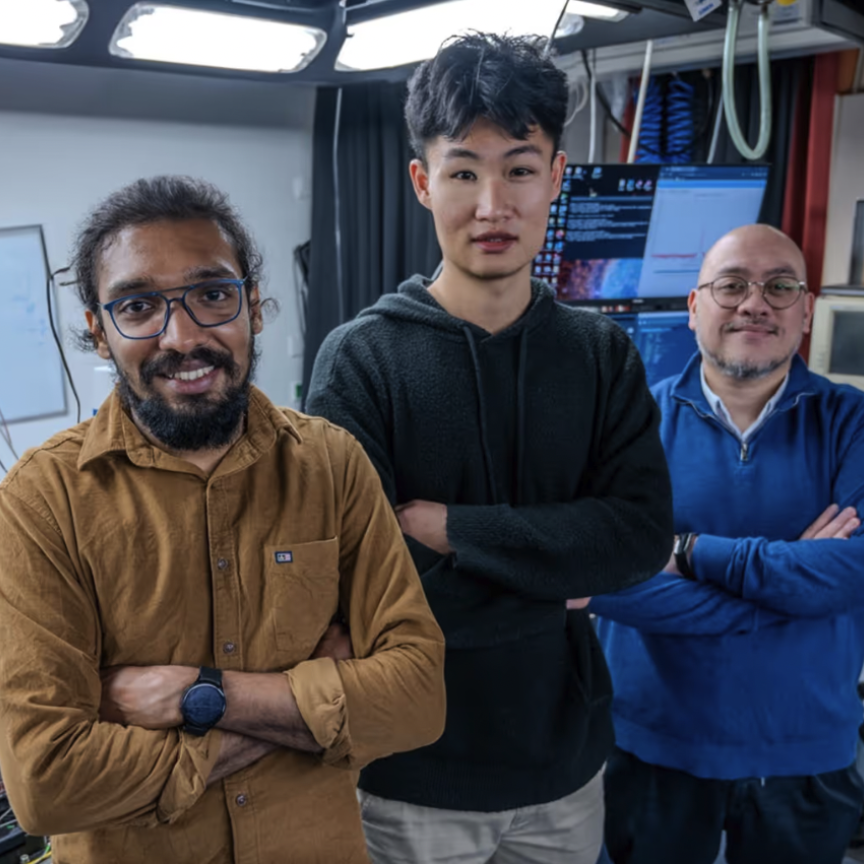Optically detecting single molecules by manipulating light at the nanoscale has been achieved by an international team.
The team achieved this by shining circularly polarised light on a gold, square-ring shaped nanostructure. The researchers describe the process as activating the entire surface of the nanostructure, increasing the opportunity for interaction between the polarised light and the molecules. The international team are from Katholieke Universiteit Leuven, University Hasselt and transnational University Limburg, University College London, Paul Scherrer Institute and the Université de Liège.
Katholieke Universiteit Leuven team member Dr Ventsislav Valev explained: ‘Essentially, light is constituted of electric and magnetic fields moving through space. While with linearly polarised light, the fields move in a linear, forward direction, with circularly polarised light, they rotate in a spiral-like motion. The trick is to try to activate the whole surface of the nanostructure so that whenever a molecule attaches, we will be able to see it. This is what we did.’
This is done because the circularly polarised light can impart a sense of rotation on the electron density in ring-shaped gold nanostructures, thus trapping the light in the rings and forming loops of light. It is the loops of light that then cause the excited electrons to oscillate coherently on the full surface of the square-ringed nanostructures, rather than in a few concentrated hotspots. This increases the opportunity for interaction with molecules.

